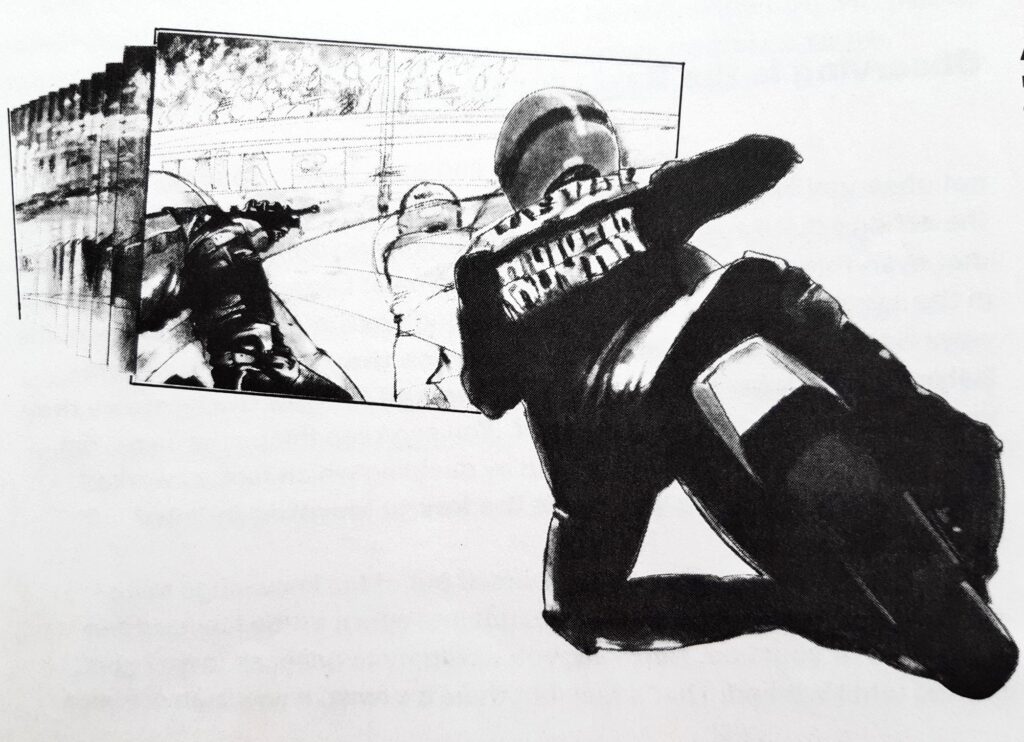Deep thinking
The discussion at the PITB board meeting triggered a deep thinking phase. I could feel the tectonic plates of my received understanding of education and training, and a new world of learning, grinding over each other.
Teaching people
Changes in the training environment such as Objectives-based Training, Criterion Referenced Instruction and Learner-directed Training were already impacting on the nature and style of training in industry: there was a shift from teaching stuff to teaching people.
Exit requirements
On top of this now came the notion of exit requirements or what the learner must demonstrate. What were the implications? The idea of dispensing with entry requirements – what were the implications?
Who is the referee?
The concept was so radical that I could see that the whole approach to education and training would have to follow a different path: one in which results were more important than how you got there.
Suddenly the primacy of education and training providers as the key drivers of learning was undercut and put into question. Providers were players in the education and training field.
But providers weren’t the referees of who judged the application of their teaching in the real world. That was the role of:
a) the learners themselves, and
b) the customers – those who would evaluate the performance such as the supervisor and the client.
Now 25 years later and this tectonic shift is still occurring. Some have moved with it. But some still have to be moved. So many teachers, educators, trainers and professors still imagine that “they” are the standard.
Nothing new or was it
And it wasn’t as if this concept was all that foreign to me. I had encountered it before. But not in the world of formal education and training: I had found it in the world of sporting performance.
In the early 1980s I had learned something about the art and science of motorcycle racing from a book called “Twist of the Wrist: The Motorcycle Road Racers Handbook.”
Products – the result of performances
The book contained some revolutionary thinking in terms of learning for performance improvement. Chapter 3 dealt with products. The definition the book provided was:
“A product is something that is produced; it is the end result when all the work is done. A product is what you can hold in your hand – or in your mind. You can turn it over to see if it can be reproduced better or differently., corrected or left alone.”
Twist of the Wrist, p 15
Shifting perspectives

The first part of the definition is typical of what I termed canned knowledge. It has no context and can be interpreted in a variety of ways.
But the second sentence puts the product or output into personal context.
The third sentence puts it into the realm of application (contemplative analysis), something that can be examined and reflected on and very clearly opens the mind to continuous improvement.
This explanation moves away from the fixed (canned) knowledge approach of most text books. The product becomes the subject of scrutiny. It shifts it away from the simplistic standard of conformance-to-teaching to dealing with the complex world of practice.
Identifying perspectives
In a previous lifetime I had studied and taught language. One of the interpretative tools I personally developed was identifying the perspectives or changing perspectives in a text.
In this text we have shifted from the prosaic third person expressing canned knowledge in the passive voice. That is the language of text books. There is no agency, just a thing that materialises out of nowhere.
The text shifts into the second person (you). Then the into the first person “I” and back to the second person.
These shifts in perspective are crucial to the understanding of work-related learning or work experience as we later preferred to call it.
The shifts also reflect what we were starting to term as “life-long learning”. In the context of work, life long-learning is based on continuous improvement – a state in which there is a constant reflection, “How can I improve the my product, the working process and my life?”
Qualifications
Seen in this light a qualification then becomes the point at which the practitioners themselves feel, declare or signify themselves as having achieved something .
Of course, there is room for refinement and improvement – but they have reached the stage where they feel that they a capable (qualified) to do what they are doing. In terms of the Dreyfus & Dreyfus “Five-Stage Model of the Mental Activities Involved in Directed Skill Acquisition” this is what constitutes being “proficient”.
The major shift in thinking about outcomes is that it was not some outside person or body which makes the declaration of “qualified” but rather the protagonists themselves. The learners being proficient now become practitioners.
Preparation for other processes
The result of this thinking process was helpful the National Training Strategy Initiative document which was published in March (?) 1994.
We will return to Twist of the Wrist in other posts for further useful insights.
Code, Keith. 1993. Twist of the Wrist – The Motorcycle Road Racers Handbook. Los Angeles: Acrobat
